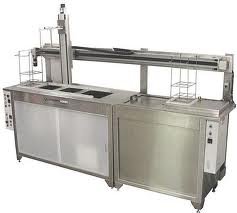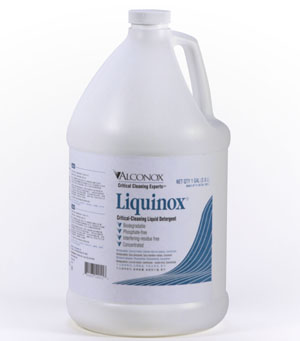Using Alconox Detergents in Ultrasonic Machines
Q. Which Alconox brand cleaners can be used in an ultrasonic machine?
A. All Alconox brands can be used in ultrasonic machines. Alconox, Inc. generally recommends using high emulsifying detergents. For example . . .
Ultrasonic Cleaning of Plastic Implants
Q. After machining plastic implants, what is the recommendation for an in process cleaning using a small ultrasonic tank?
A. The recommendation would be to use 1% Liquinox (a mild alkaline, emulsifying and dispersing cleaner) at a temperature well within the temperature tolerance of the plastic.
Re-cleaning Medical Device Vendor Parts
Q. Current procedure calls for an ultrasonic bath at 69C for 20 mins with Liquinox® and DI water. Then calls for another such DI bath at 69C with NO detergent for 20 mins. Then a 1 min DI water flushing. Is Liquinox appropriate? When I clean the parts, they have already been cleaned by vendor in the exact same manner, essentially I re-clean them. Is this overkill?
Cleaners for Water Labs w/ Heavy Metals
What cleaner can water labs that need to work in the ppb or ppt for heavy metals use? The key is both a proper, free-rinsing, critical cleaning detergent and proper rinsing/drying.
Ultrasonic Cleaning of Optical Devices
Q. Ultrasonic and forced DI water are not removing particles from the optical devices. We suspect that the particles are charged and that is playing a role in the difficulty of removing them. Rusting isn’t a problem but oxidation might be. Al, Ti are metals in the devices we use. The cleaning is followed by chemical etching so this can be an issue.
Click to read the answer.




